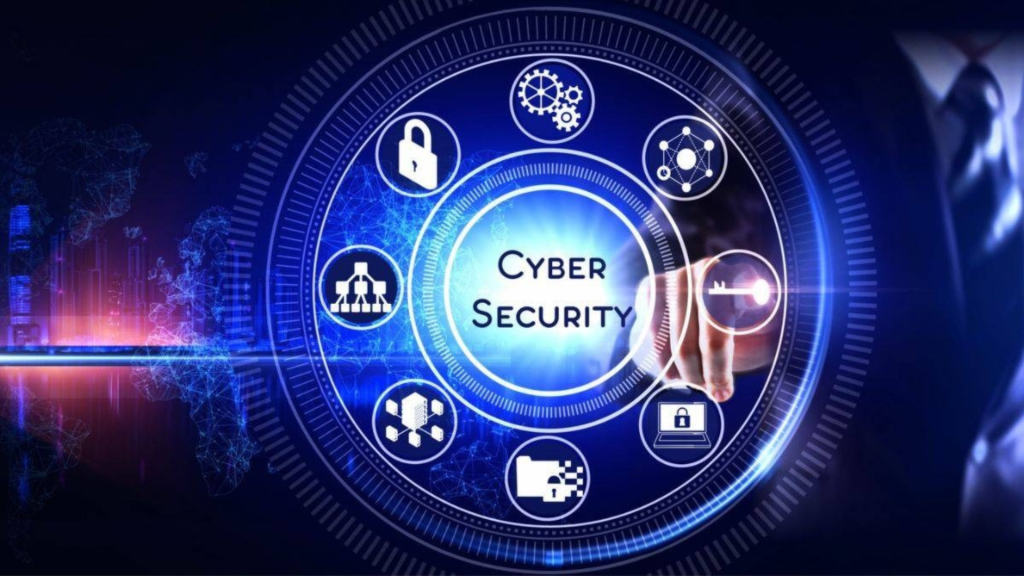
Cybersecurity in the Age of Remote Work
Cybersecurity in the Age of Remote Work
The Remote Work Security Landscape
As remote and hybrid work models become standard, organizations are navigating an expanded threat landscape. With employees accessing corporate resources from various locations and devices, the traditional network perimeter has dissolved. Distributed endpoints, unsecured home networks, and increased reliance on cloud services significantly widen the attack surface for cybercriminals.
Top Threats in Remote Work Environments
- Phishing Attacks
Cybercriminals are leveraging more sophisticated social engineering tactics, targeting remote employees through emails, messaging apps, and even fake collaboration tools to steal sensitive credentials or deploy malware. - Ransomware
This remains one of the most dangerous threats. Attackers infiltrate systems, encrypt critical data, and demand a ransom, often crippling organizations that lack strong recovery strategies. - Insider Threats
Both accidental and malicious insiders pose risks—remote work amplifies these by reducing direct oversight and making it harder to detect abnormal behavior. - Shadow IT
Employees using unauthorized applications or devices can bypass security controls, leaving organizations vulnerable to data leaks and compliance violations. - Unsecured Wi-Fi and Devices
Personal networks and unmanaged devices often lack enterprise-grade security, creating easy entry points for attackers.
Best Practices to Stay Secure
To mitigate these risks, organizations should adopt a multi-layered security approach:
1. Implement Zero Trust Architecture – Treat every access request as untrusted, requiring verification at every step regardless of location or user.
2. Enforce Regular Patch Management – Keep operating systems, applications, and firmware updated to close known vulnerabilities.
3. Enable Multi-Factor Authentication (MFA) – Secure logins with an additional layer beyond passwords.
4. Encrypt Data in Transit and at Rest – Prevent unauthorized access, even if data is intercepted or devices are stolen.
5. Conduct Ongoing Security Awareness Training – Educate employees on recognizing phishing attempts, using secure practices, and reporting incidents.
6. Develop a Strong Incident Response Plan – Prepare for breaches with defined roles, procedures, and regular simulations.
Recommended Tools for Remote Work Security
VPN Solutions – Secure all traffic between remote devices and corporate networks to prevent interception.
Endpoint Detection and Response (EDR) – Continuously monitor endpoints for suspicious activities and respond to threats in real-time.
Cloud Access Security Brokers (CASB) – Provide visibility and control over data in SaaS applications to ensure secure cloud usage.
Secure Web Gateways (SWG) – Protect users from malicious websites and enforce acceptable use policies.
Mobile Device Management (MDM) – Manage and secure mobile devices used for work.
Privileged Access Management (PAM) – Control and monitor privileged accounts to minimize insider risks.